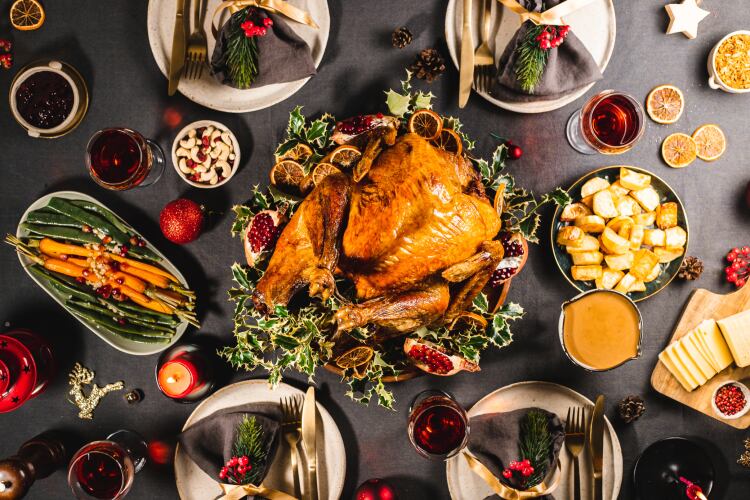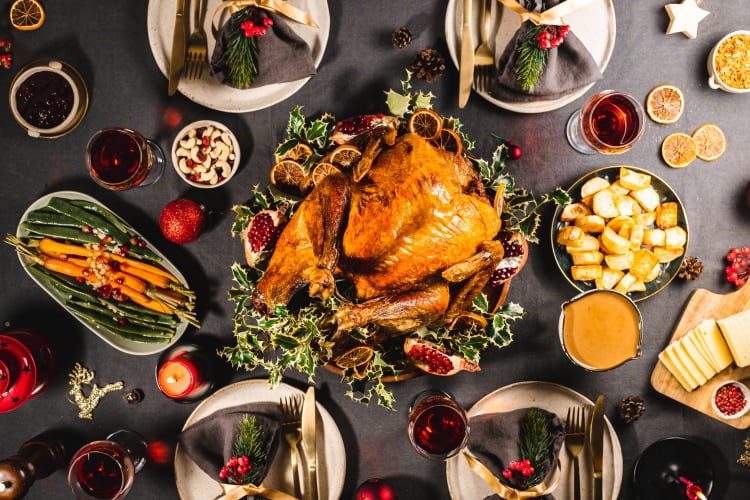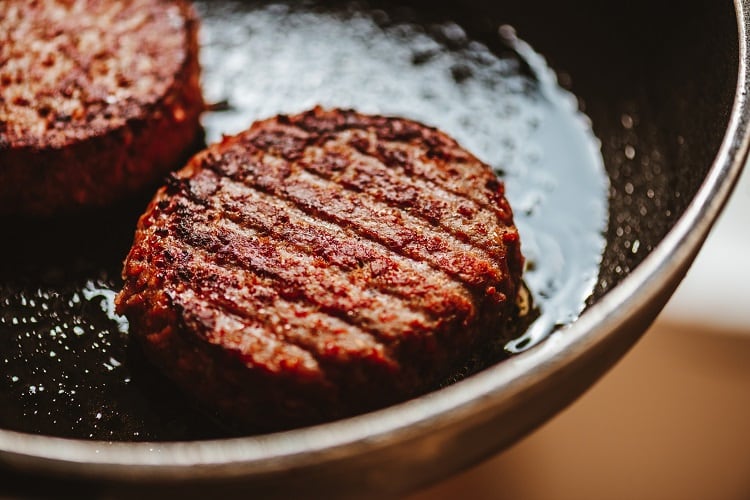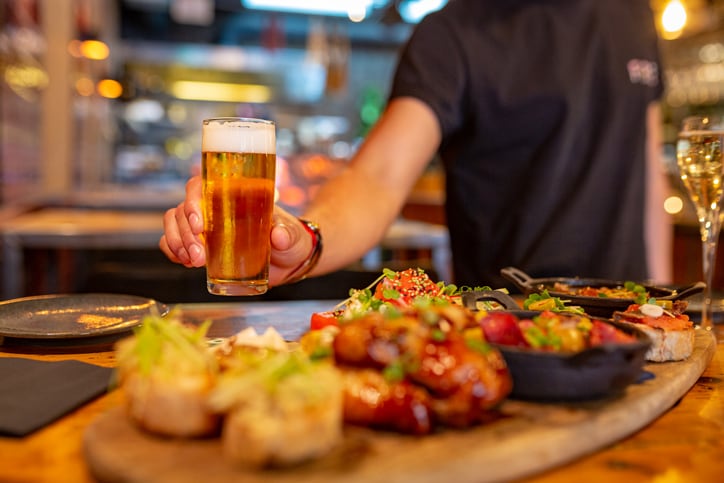A new poll has revealed 58% of British consumers under the age of 30 believe that eating turkey, stuffing and pigs in blankets is ‘out-of-date’. In fact, 39% of the respondents – aged between 18- and 30-years old – said they never eat turkey, 88% ‘can’t stand’ brussels sprouts, and 27% would never touch a pig in a blanket (or bacon wrapped sausage, for the unaffiliated).
The study was commissioned by plant-based meat brand Dopsu. It found 21% of the Gen Z shoppers polled would rather have pizza on Christmas Day, 17% would opt for a Chinese meal, 16% would go with a curry.
Even among those who are sticking to the classic festive fayre modern updates proved popular, in particular the addition of plant-based options: 20% are making veggie stuffing and gravy while 16% are opting for a plant-based meat alternative as their centre-plate protein.
This reflects the booming popularity of plant-based, a category that has been propelled by concerns around health and sustainability. The study found that an overwhelming 87% of the 18- to 30-year-olds polled believe it’s ‘essential’ to cater for vegetarians and vegans over Christmas, with 63% claiming they’d happily sit down to a plant-based lunch.
A massive 93% suggested sustainability should play a ‘big role’ when shopping for ingredients and 27% claimed that they are already striving to factor sustainability into their purchasing decisions.
“This research is fascinating as it shows how our changing diets are affecting what we eat on one of the biggest food traditions of the year. It’s interesting to see younger Brits opting to eat an entirely different meal this year,” said Abigail Flynn, Brand Manager at Dopsu.
If these changes are already evident on the plates of Gen Z, how radically different could Christmas dinner look by 2050?
This was the question posed to a panel of experts during an event focused on alternative proteins, the future of food and ways to eat more sustainably hosted by the University of Cambridge.
Part of Cambridge Global Food Security IRC Coffee Break Seminar series and EIT Food’s #AnnualFoodAgenda, the event organisers stipulated that alternative sources of protein ‘could be more sustainable and less ecologically damaging’ than the animal products that currently meet our protein needs.
Christmas bivalves ringing
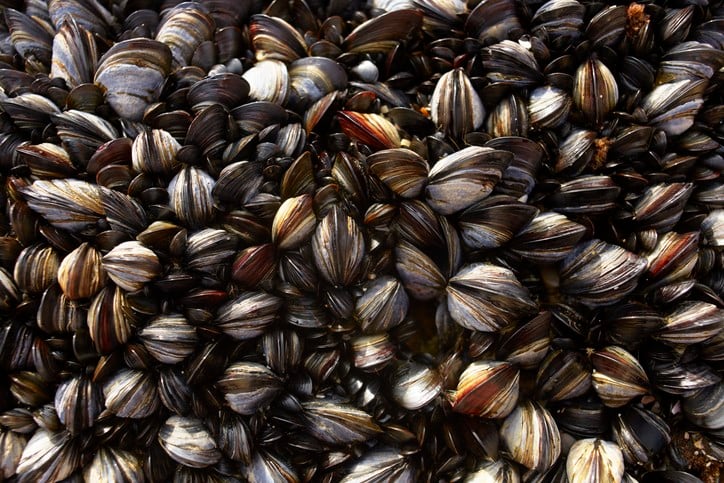
Bivalves – shellfish like muscles, clams and oysters – are one under-appreciated group of filter-feeding sea creatures that could share a greater proportion of our plates, according to Dr David Willer, a Research Fellow at the Department of Zoology, University of Cambridge.
Dr Willer leads research projects to find efficient ways to produce sustainable bivalve protein and identify mechanisms to increase consumer uptake of this nutritious food. He believes bivalves could be a viable alternative to intensively-farmed animal proteins like beef, delivering a series of environmental benefits.
Bivalves require no inputs like feed or agrochemicals in their production. They actively sequester carbon as they grow, protecting ecosystems by cleaning the water they live in.
They also deliver a positive nutritional provide, according to Dr Willer. They are low in calories but high in protein, vitamin B12, selenium, zinc and magnesium. “Clams, muscles and oysters compare quite favourably to other alternatives like insects, having a best nutritional profile and lower environmental footprint,” he told the event.
So, could bivalves be on table in Christmas 2050? Dr Willer responded: “That depends on two things. Firstly, can we farm enough of them? And secondly, can we deliver tasty and appealing bivalve food products that people will actually eat?”
On the first point, he is confident that we could farm enough: “If we farm just 1% of the coastline worldwide that is suitable for farming we could feed about a billion people with all their protein.”
In European markets at least, uptake could come down to consumer acceptance then.
“What about tasty food products? We can encourage people to eat traditional bivalve dishes, like muscles or clams, or paella. But that might be a stretch for some people, especially at Christmas. The other option will be to integrate bivalve meat into familiar food products… The technology is getting there. So, using bivalves in a turkey style clam meat or using muscle cakes rather than beef burgers as a post-Christmas meal could be a great option,” the marine expert explained.
“That could be Christmas 2050. We might hope it’s a bit earlier so we can do more about the planet.”
Appetising algae for advent
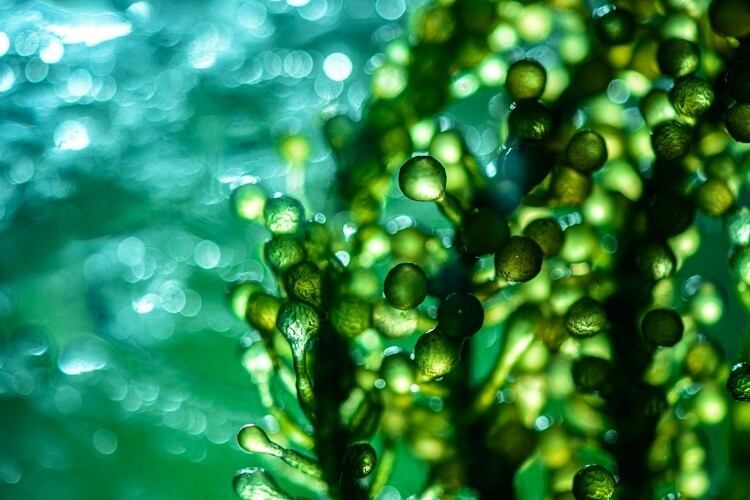
There are over 30,000 species of algae but less than 50 are currently used for commercial purposes.
“Hopefully in the future these are the things we can explore to incorporate more into our diet,” said Ellen Harrison, a PhD student at the Algal Innovation Centre, University of Cambridge.
Her lab's research is looking into ways to use microalgae to produce sustainable and nutritious food and feed products.
The nutritional profile of algae certainly makes a strong case for its use in alternative protein products. Looking at chlorella and spirulina, two of the species currently used commercially, their protein content compares ‘really well’ to meats and performs better than soy and other plant-based proteins, with protein making up about 60% of their dry weight. They offer a balanced amino acid profile and are high in omega 3s, vitamins and minerals – including vitamin B12, the only other source of which is animal protein.
On their sustainability case, Harrison noted that algae don’t compete for land and freshwater resources and it has a high growth conversion rate.
Harrison is upbeat on the prospects of getting algae on our tables. “We don’t have to wait for 2050,” she insisted.
Fava for a festive feast
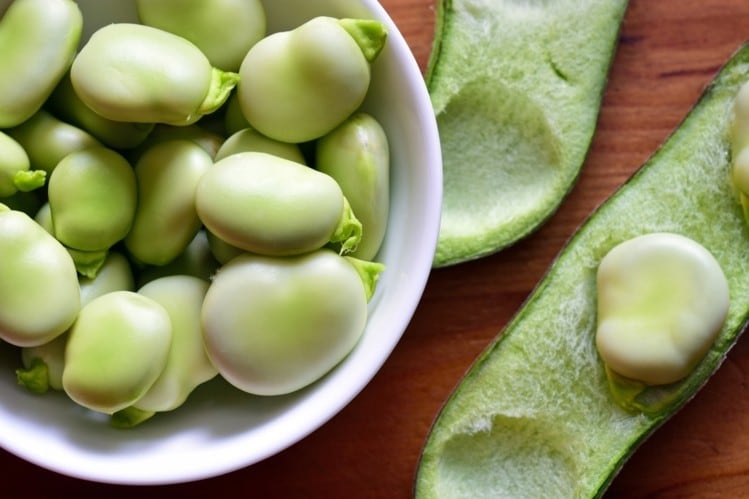
For Nick Saltmarsh, Co-founder of UK brand Hodmedod, pulses are another under-appreciated ingredient that should make it back on the menu.
Hodmedod is an independent business working with a network of British farmers to sell a range of plant-based wholefoods from dried pulses, grains, seeds, flaked cereals and flour to canned and roasted beans and peas. It was founded with the mission of ‘getting British beans back into British kitchens’.
According to Saltmarsh, Christmas dinner ‘provides quite an interesting reminder of our historic diet in Britain’. “Our diet would have been largely plant-based. Those plants that provided the majority of our nutritional requirements would have been arable crops,” he observed. “Meat and dairy products would have played a much lesser role in our diets. They would have been luxury foods that were either used in smaller quantities to provide flavour to and richness to plant-based dishes or… when feasting.”
A diverse range of pulses grow in the UK – much of which is destined for animal feed or export markets. But pulses have strong sustainability and nutrition credentials, the food founder suggested. Including a range of pulses in crop rotations support sustainable agri systems, using minimal water and a with a low carbon footprint.
They are also a nutrient dense source of protein. “Pulses have a higher protein content than the cereals. Cereals have 10-15% protein whereas the pulses are more like 25%.”
Saltmarsh would like to see forgotten fava and other unappreciated pulses play a greater role in what we eat, not just at Christmas but every day.
“Pulses in modern diets have the potential to provide us with a lot of our protein,” he suggested.
“In terms of what might be on our menus – for Christmas in 2050 but every day and sooner… maybe it is time that we in Britain get over this stigma against the beans that grow so well in our country and have so much to offer in terms of sustainable production and also a very healthy nutritious foods, as well as being incredibly delicious and versatile.”

